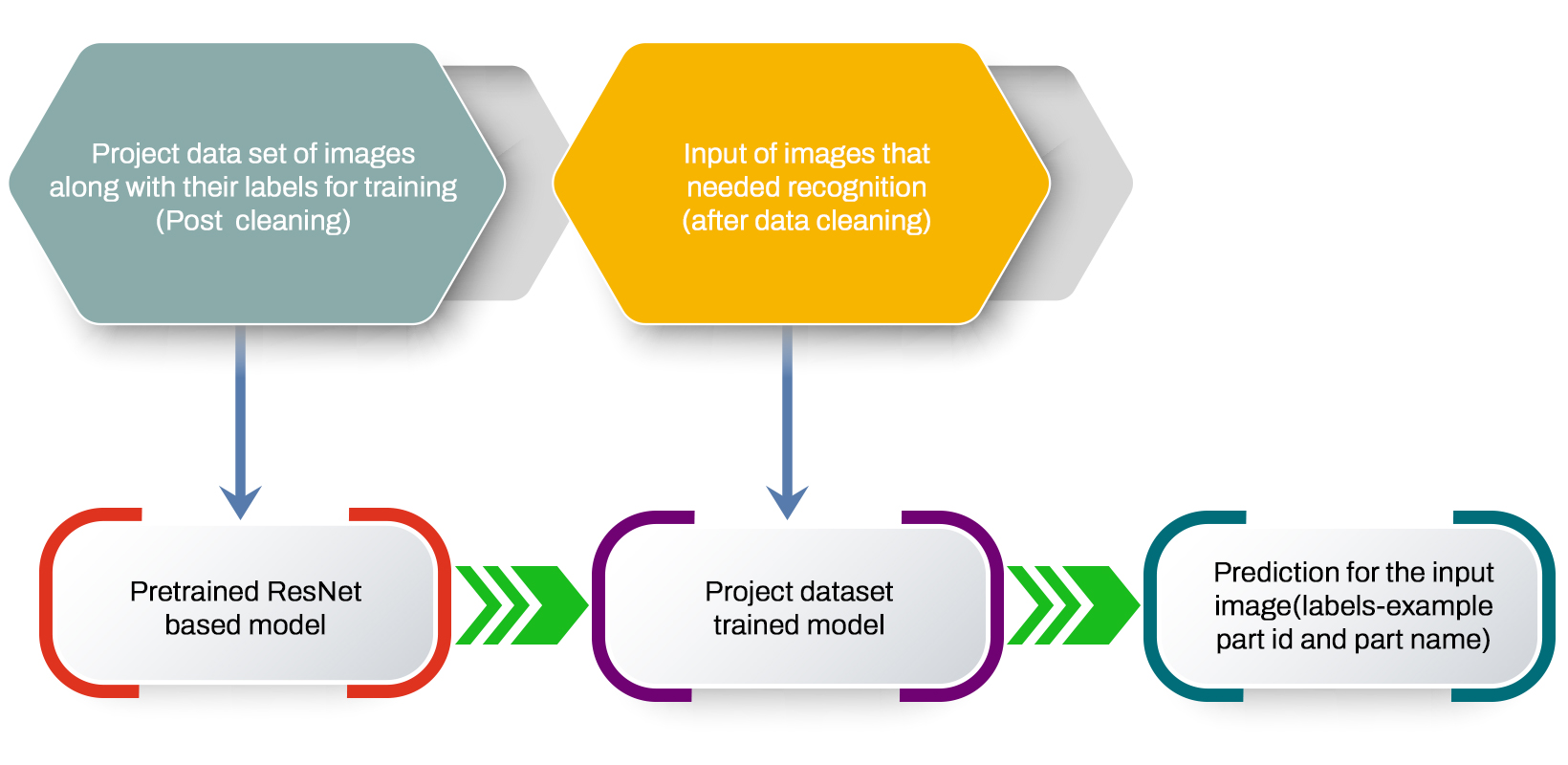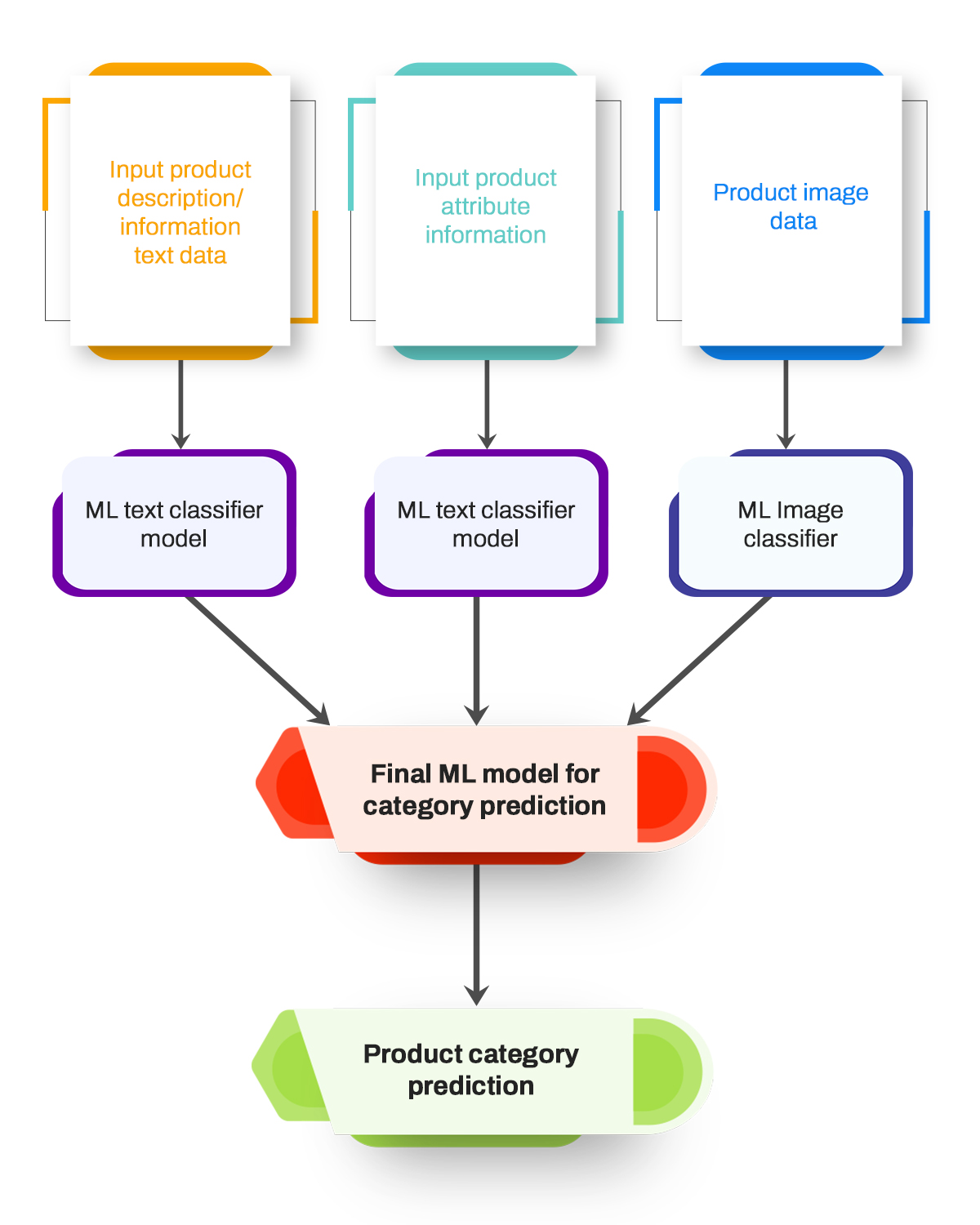In previous writeups we have seen the importance and growth of e-commerce in a post pandemic world and the rising influence and need of e-commerce in automotive aftermarket sector. Just like in every—other e-commerce set up, in the automotive aftermarket too – PIM (Product Information Management) and classification of parts for catalog are very important requisites. We previously saw the role of AI&ML in the classification of products for the aftermarket sector. Let's now see how it further helps in tackling the classification problem. With the maturing of many machine learning technologies and concepts it’s fast becoming the mandatory tool for e-commerce.
One of the unique experiences of shopping from a store is the visualization available to the customer. This experience for a customer is brought in the e-commerce front through images. Images are powerful and let the customer visualize the product better before purchase. The presence of images attracts the customer to the e-commerce mode and not only increases the probability of buying but also reduces the probability of return which as we have seen before is a huge issue for automotive aftermarket. While a PIM with DAM enabled (digital asset management) ensures the retrieval of right product data for display machine learning helps in correct recognition of images and its classification for product mapping while also in overall classification of a product.
Image recognition & Image based product classification
There are two cases of how images can be used. The first case is image recognition. Given an image it needs to be recognized as to what part it is. In this the pretrained learning model is trained on the labelled part images and then is used to predict the label (example – predict its part id and part name) for image that is input. We will see the process more deeply when we look at the image classification techniques in the second use case. The process flow is seen in figure 1
The other use case is when the product info contains the corresponding images also as its digital asset and the product needs classification. Earlier we saw how products can be classified based on their product information including using its description and attribute information. Similarly, products can be classified based on their image data also. Thus, a product category can be predicted using all three data available. These three predictions or recommendation data can be further fed as input data to a new learning model to predict based on these three available data thus increasing the accuracy of predictions.
Training in Image classification as we saw in image recognition is done using pretrained models. These pretrained models are highly powerful models trained on millions of data and tens of thousands of classes from imagenet. These models are based on what's called residual neural network or ResNet. They come with various layers of depth like 34,50,152. Microsoft, Facebook and Google all have released ResNet models. A model pretrained on millions of images and classes is used as a model that is pretrained on different domain datasets learns faster on newer datasets thus reducing the need for thousands of images for each class in training dataset. This feature is very crucial and helpful in aftermarket scenarios.

figure1: Image recognition model
As with all machine learning, image data for training needs to be cleaned. The data is cleaned for duplicate entries, same input format for images and for missing data. These images have then need to be resized maintaining aspect ratio to a particular height and width as each of the above pretrained model requires this for best output. When there are few images for a category or class image augmentation can be done using the existing images to increase dataset. Now the ready training data is fed to the classifier and the classifier parameters are finetuned to get the best model. This gives us the probabilities of the image of product for different categories.
Thus, the output data of product information classifier, product attribute classifier and product image classifier are fed into another model that makes the final predictions. This process increases the accuracy of product category predictions.

figure2: Product classification using image recognition prediction
Thus, we see how image classification through machine learning helps us in aftermarket ecommerce scenario. These techniques along with PIM enabled with DAM and multiplatform data supplier increase the business avenues of aftermarket players by a long distance.
If you are interested in aftermarket PIM and product classification



